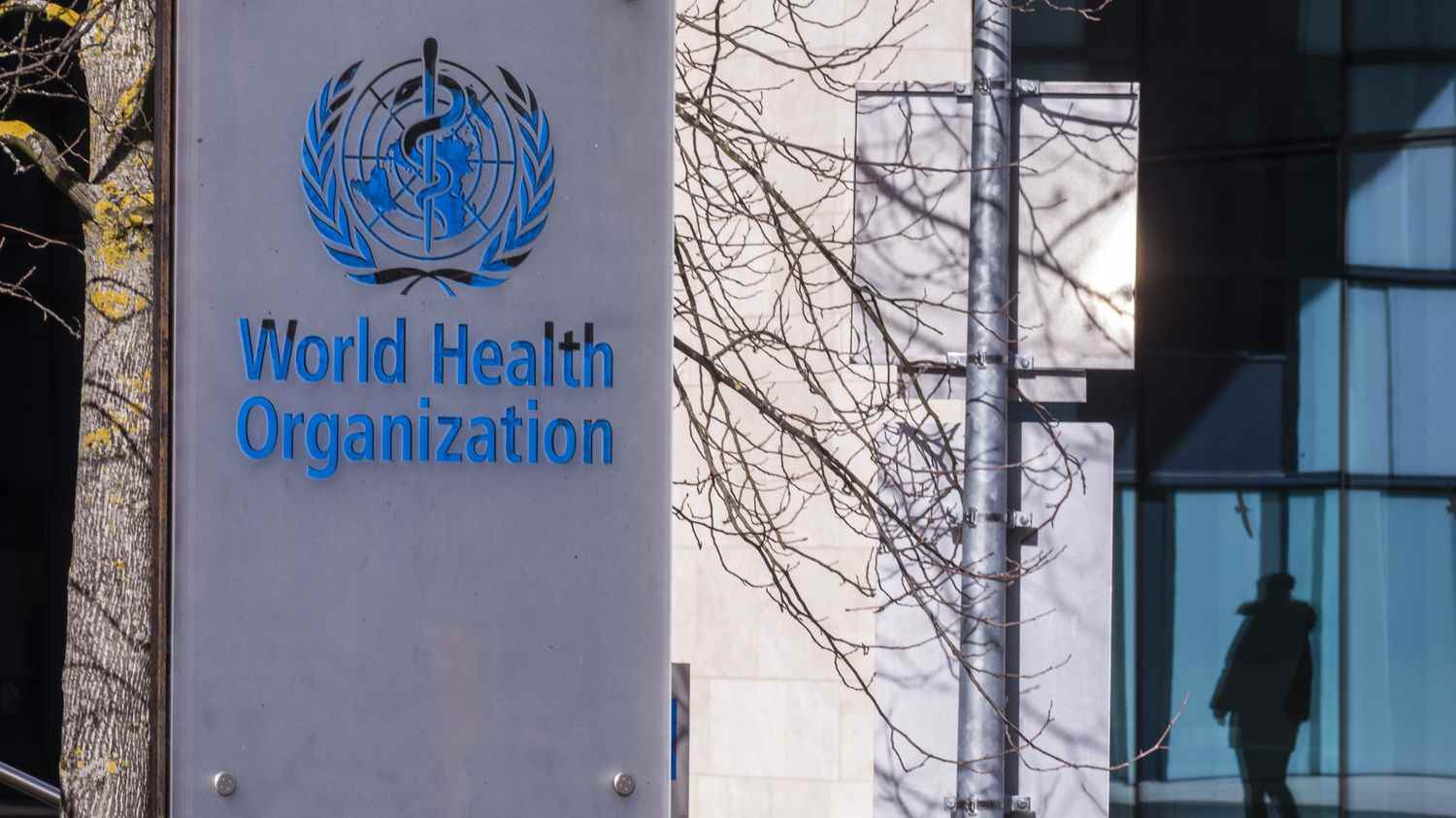This form of the virus, derived from a vaccine strain, is detected one to three times a year in the country’s wastewater. But this is the first time that these “isolates” “have been genetically linked”, according to the World Health Organization.
Article written by
Published
Reading time : 1 min.
The World Health Organization and British authorities announced that traces of a form of poliovirus derived from a vaccine strain had been found in sewage samples in London on Wednesday June 22.
Poliovirus is responsible for the poliomyelitis, a highly contagious disease that invades the nervous system and can cause permanent paralysis. LWHO notes, however, that“In no case” poliomyelitis had so far been detected in the country, in a press release (in English). Traces of polio have been detected one to three times a year in UK sewage in recent years, but this is the first time such ‘isolates’ have “are genetically linked” among themselves, according to the organization.
The virus exists in several forms, the best known being wild poliovirus. But the traces found correspond to another type which can also spread: the “circulating poliovirus derived from a vaccine strain”, or cVDPV. These forms are rare, but more frequent in recent years due to low vaccination rates in certain populations.
This virus can also be detected in the stool after receiving an oral polio vaccine (OPV), which is made from an attenuated form of live poliovirus. OPV has not been used in the UK since 2004, but several countries continue to use it.
According to UK authorities, the most likely scenario is that an individual recently vaccinated with OPV in another country entered the UK before February. “These results suggest that there may be localized spread of poliovirus, most likely among people who are not up to date with their polio vaccinations”says Kathleen O’Reilly, epidemiologist at the London School of Hygiene and Tropical Medicine and polio specialist.
The WHO judges “important that all countries, especially those with a high volume of travel and contact with polio-affected countries and areas, strengthen surveillance to rapidly detect any new virus importation and facilitate rapid response”. She adds that “any form of poliovirus, wherever found, poses a threat to children everywhere”.
